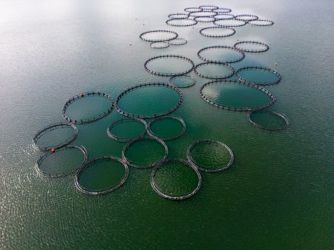Ensuring Healthy Aquaculture: The Role Of Water Quality Monitoring

As aquaculture expands to meet global seafood demand, maintaining optimal water quality becomes paramount for the health and growth of farmed species. Key parameters such as dissolved oxygen, ammonia, temperature, pH, nutrient levels, and turbidity directly influence fish well-being. Fluorometers offer real-time detection of critical factors like oxygen levels and algal concentrations, enabling immediate corrective actions to prevent stress or mortality. Turbidity sensors monitor water clarity, providing insights into suspended particles that could hinder light penetration and oxygen exchange.
Integrating these tools allows aquaculture operators to swiftly respond to environmental changes, optimizing conditions and reducing disease risks. Advanced systems combining sensor data with automation and predictive analytics further enhance management efficiency. A case study from a Thai shrimp farm demonstrated significant improvements in shrimp growth and survival rates through the implementation of such technologies. Overall, real-time monitoring with fluorometers and turbidity sensors is essential for sustainable and productive aquaculture practices.
Get unlimited access to:
Enter your credentials below to log in. Not yet a member of Water Online? Subscribe today.
